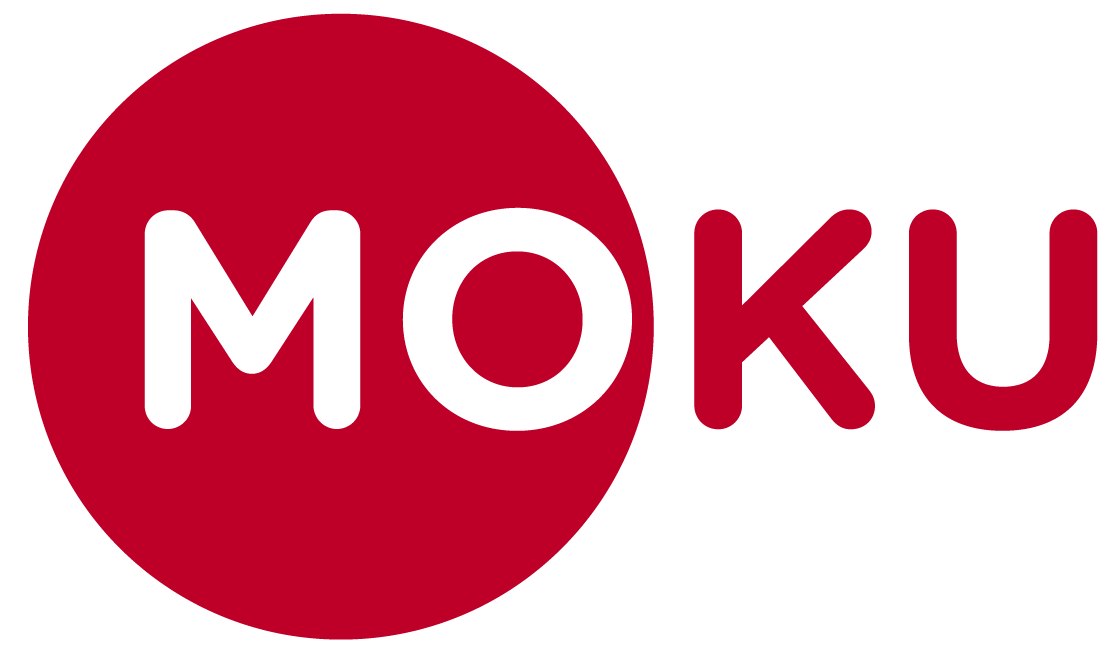
Featured Post

Keys Tips For Creating An Excellent Go To Market Strategy (GTM Strategy)
With a well thought out go-to market strategy, you can be confident that your company will have the best chance for success.
Every business owner knows that to be successful, they need a market strategy. The action plan for getting your product out there and making sure people know about it is crucial for success. This process is today known as the Go-to-market strategy.
A go-to-market strategy is a new and growing business model that businesses use to help their products grow. This strategy allows the company to control its product’s life cycle from start to finish, including introducing it into the marketplace. Furthermore, this specifies how a business will reach the target customers and achieve a competitive advantage.
A solid go-to-market strategy will help you achieve your goals faster by aligning everything about your business, from marketing to product development.

Why is a go-to-market strategy important?
The success of a product or service launch depends significantly on how it launches and the processes made before launching. Without a well-thought-off plan, any product or service is likely to fail.
For example, a business may invest in developing a specific product without proper research about the market’s need for it. The result will most likely be a failure.
A GTM strategy aims to ensure a proper structure for developing a product and secure the alignment of all critical business units within it. Therefore, when the team experiences hiccups, redefining the goals and measures taken is easier.
While it is not 100% guaranteed, a GTM strategy will help you analyze any problems within the process and adjust your approaches to maximize your advantage before investing in bringing a product or service to the market.
Steps to building a Go-to-market strategy
1. Have a clearly defined ICP and Buyer Persona
ICP or Ideal Customer Profile refers to the perfect customer your organization solves for. This term is also called Ideal Buyer Profile. This company is imaginary with all the qualities fitted for all the solutions that your organization offers.
As a result, these companies tend to have the quickest, most successful sales cycle, excellent customer retention rates, and the highest number of evangelists for your brand.

You may be thinking, “Why not sell to all leads?”. However, it would be a waste of time and effort to contact some leads who may not be a good match for your services. Your sales rep will be spending too much time with these leads and get back empty-handed.
You can use the ICP to minimize these instances and get better outcomes. Consider the characteristics below to define a perfect fit for ICP.
Company size and revenue
Compay niche
Location
Legal matters that can limit this company for certain factors
The company’s services or products
Creating an ICP
Have a clear understanding of the problems you are trying to solve.
Identify the traits of your customer with the help of demographic filters.
Make a list of the best customers that will benefit from your service.
Start selling to these customers on a small scale.
Analyze the data based on the results.
On the other hand, a buyer persona is an individual within an organization who decides on the buying process. These individuals are the “buying center.”
It is typical for these buyers to fill one of the following roles (though some role titles may occupy more than one):
An initiator is someone who starts the buying process or shows interest in it
The user is a regular user of the product
An influencer is someone who convinces others to buy a product
The decision-maker approves the final purchase price
The buyer who owns the budget
Final approver who pushes the initiative to a larger scale (typically someone in the C-suite)
A gatekeeper is someone who prevents a product from being implemented or approved
2. Create a value matrix
A value matrix is a guide to understanding each of your ICP’s buyer persona. This framework will show how valuable your product is in each buyer list. This will help you create a message that addresses their needs.
Moreover, organize the personas into one column in a chart. Include the pain points that each persona faces every day below each persona. Then, add a row below for each problem your product can solve or ease.
3. Research competitors
You need to have a clear view of where your product stands in the market landscape. The market could already be too saturated for the same product you offer. Researching your competitors can also help you understand why customers keep coming back to them and know what might be missing from their service.
Furthermore, you should pay attention to how macro and micro trends could affect your launch now and in the future.
4. Develop your message
Your message should outline the value of your product based on your ICP’s pain points. Again, it would be best to position yourself based on what you have researched from your competitors. Most importantly, do not focus on how great your product is. Instead, you should emphasize your message based on your customer’s benefits.
5. Set your targets
Keep in mind that a good strategy always has well-defined goals built based on your company’s capacity or budget.

6. Select your tactics
There are many different types of sales strategies to use. Unfortunately, there is no single proven effective sales method; therefore, you can combine each design according to your product, analysis, budget, and complexity.
Generally, you can apply four sales strategies depending on your product and business model.
Self-service
Customer self-service occurs when a customer makes a purchase independently. For example, we see this approach with B2C assets where customers look up and purchase products online, like Netflix or Amazon.
This model works well for simple products with a high sales volume and low pricing. This can be challenging to build. However, when you succeed in this approach, you will gain high profits because you will have no cost in hiring salespeople and the sales cycle is short.
Although there is no need for a sales team, you will still require a marketing team to gain audience attention and drive traffic to your site.
Inside sales
Inside sales refer to the process of nurturing prospects into a deal by a sales representative. The sales conversion ranges from a few weeks to months. In this model, you will need to get a sales team which might cost extra. Therefore, this business model is best suited to medium complexity and price products.

The sales team in this model comprises a sales manager overseeing a handful of representatives. As a result, this model is profitable for companies with high sales volumes.
Field Sales
This business model involves an entire sales organization that closes large enterprise deals. Typically, these are complex products with high price points, which means the average deal size is small and there is a long sales process.
Typically, the sales team in this model is costly because the field representatives are highly-experienced and high-paid. As a result, this model is easy to build but hard to scale because it takes time and money to make a whole sales organization.
Channel Model
The channel model involves an agency or partner that sells the product for you. This type of model can be tough to build as it takes time and effort to recruit and educate people about the benefits of your services. They are also less motivated than if you have your own sales team.
On the other hand, this model is not too costly to build because you don’t need to pay for a sales team. This works best if you are selling a product that matches your partner’s interests. For example, if you sell phone cases, you might wish to find partners selling related products, such as Apple or Best Buy.
1. Develop brand awareness
After deciding on your approach, you will have to start getting the attention of your target market, which happens through demand generation.
Demand generation involves inbound and outbound methods using multifaceted approaches such as social media, website, content marketing, search ads, emails, cold calls, and industry conferences.
The inbound approach allows prospects to discover your business through marketing efforts. This discovery will lead to organic traffic. On the other hand, the outbound approach involves reaching out to your target market via a sales representative through cold outreach tactics.
The sales conversion will commence after you generate interest through the above methods, and the leads will be brought to the sales funnel.
2. Create contents
Contents help generate interest and drive traffic to your website. This targets inbound leads, which are generally cheaper compared to outbound leads. In addition, inbound leads are easy to nurture as they are already partially aware of your product and interested in buying it.
The team dedicated to creating content uses optimization to ensure that potential customers are appropriately targeted. Optimization uses specific keywords that a potential customer searches for. The core of this process is Search Engine Optimization, which improves the quality of the content to increase traffic.
3. Analyze your conversion rate
Success is measured by volume, conversion rate, and time in sales. Therefore, you need to identify key performance indicators (KPIs) to manage a sales team.
You can calculate the overall conversion rate by comparing the volume of pipeline opportunities to the number of won deals.

It is also even more critical that you optimize your conversion. When optimizing the conversion rate between stages, it’s essential to track which set an opportunity falls out of. You’ll want them in different qualification processes (such as basic qualifications or current solutions used) and why they were eliminated at this point for a better understanding of what trips up your marketing efforts later on down the line.
In addition, You can determine where each rep needs to improve and potentially receive additional training using this information. Ensure that your sales coaching efforts are tailored to each representative to shorten their sales cycle.
4. Establish a customer feedback loop
This process involves getting customer feedback, analyzing, implementing changes, then repeating the process. This will ensure that your customers’ opinions and suggestions are heard and reviewed so that constant improvement is happening.
A customer feedback loop also opens a broader path for customer engagement. You will open opportunities to create a longer-lasting relationship with the customers. Thanks to this process, you will always be on top of your customers’ needs and complaints.
Developing a go-to-market strategy is crucial before launching a new product. Using the steps outlined in this guide, you’ll be able to establish a profitable product or service that solves for your future customers.
Moku offers solutions for launching products to market to increase ROI and profitability.

